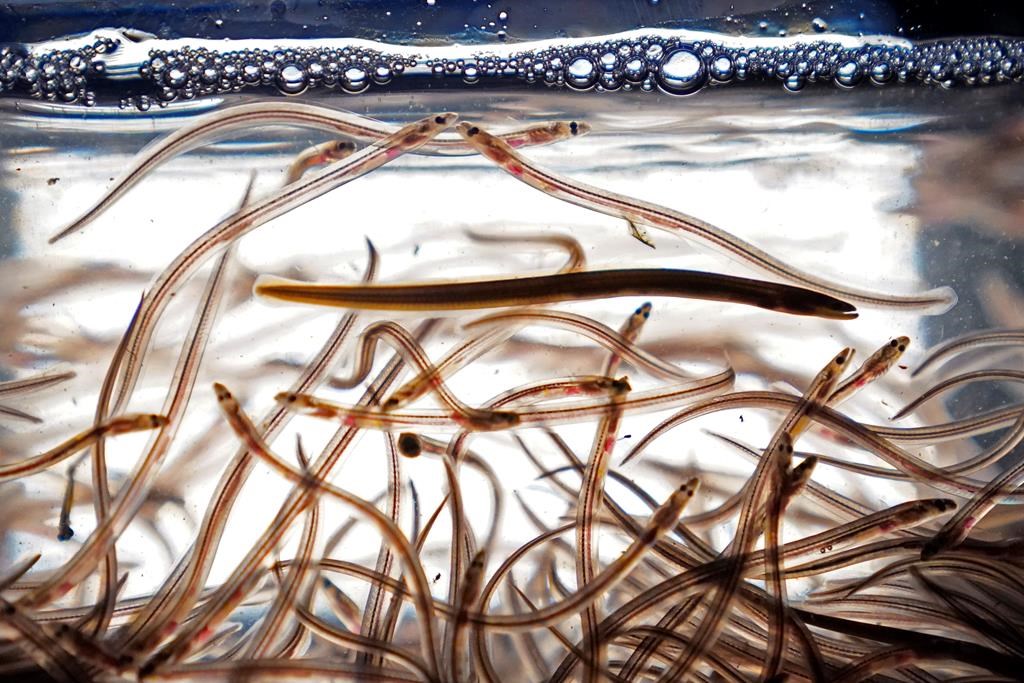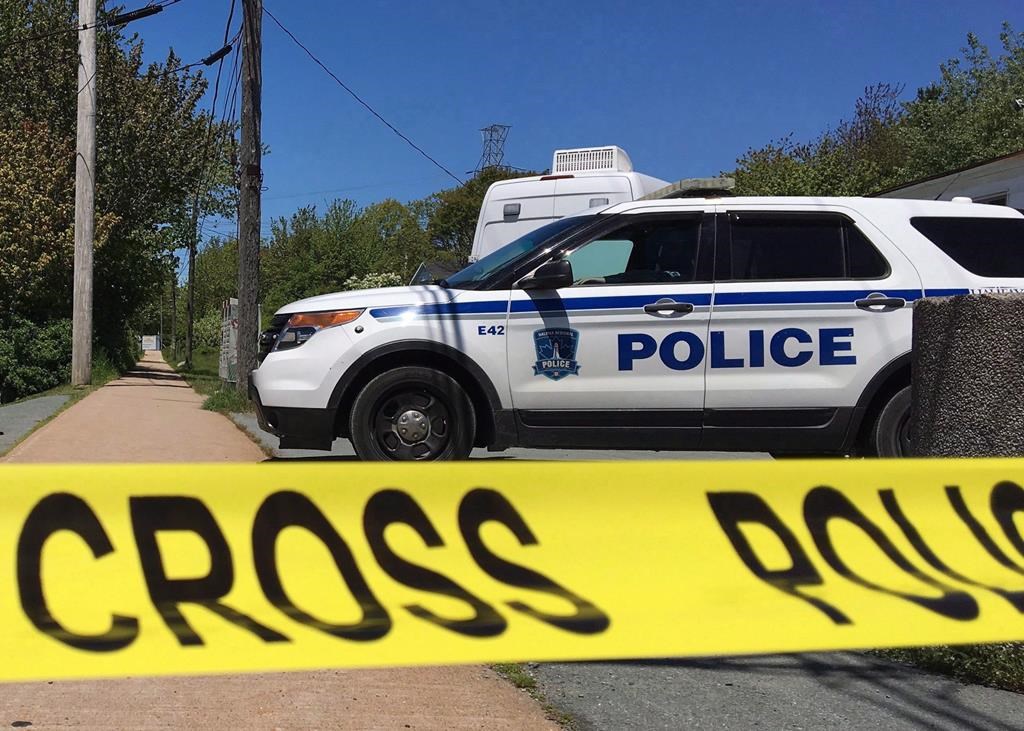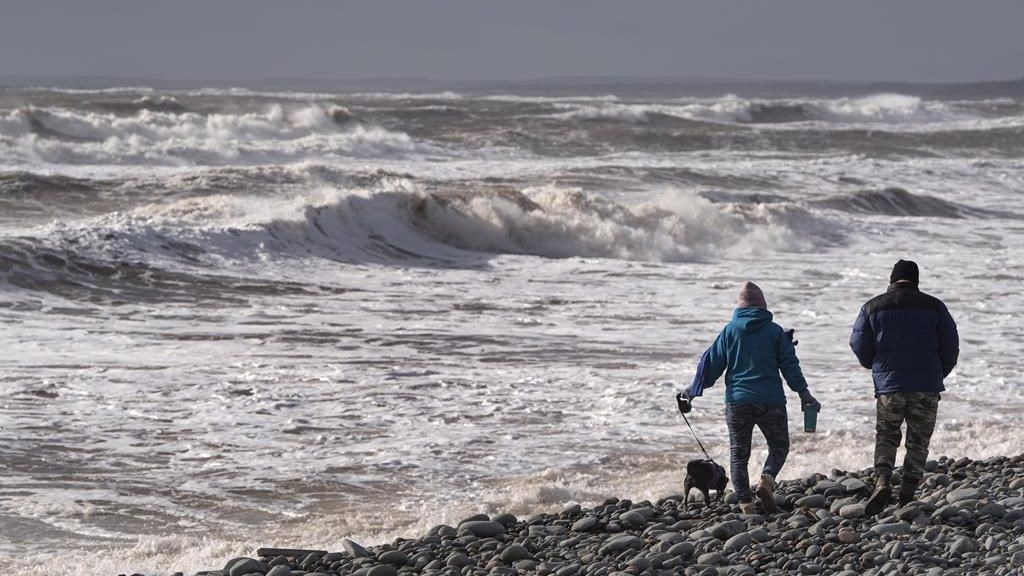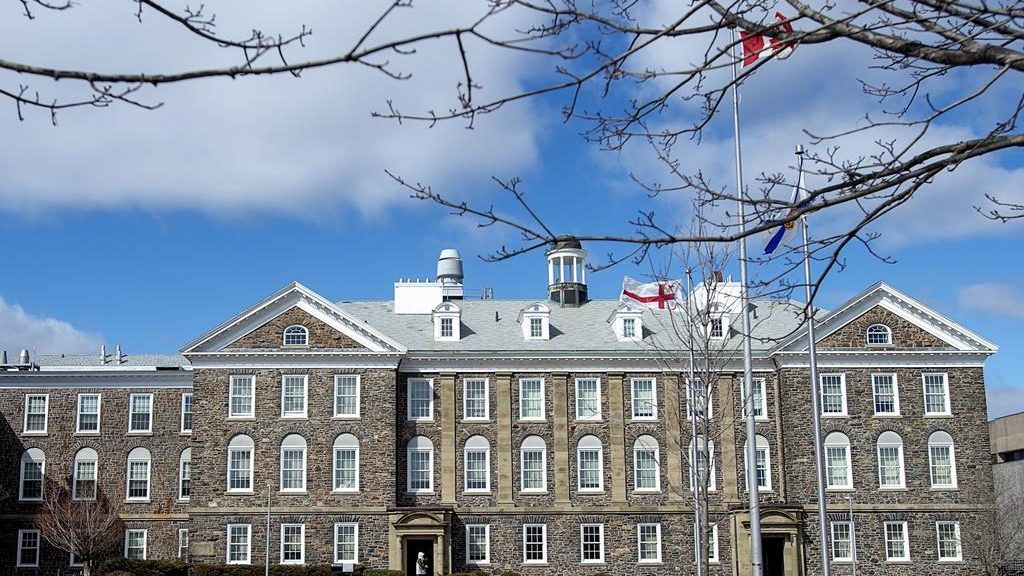Baloney Meter: Not a kilometre of new oil pipeline built since 2011?
Posted Feb 11, 2016 08:30:04 AM.
Last Updated Feb 11, 2016 09:20:07 AM.
This article is more than 5 years old.
OTTAWA – “There wasn’t a kilometre of pipe built in Canada between 2011 and October the 19th, 2015. That’s the record. That’s the reality.” — Natural Resources Minister Jim Carr, Feb. 3, 2015.
—
Late last month, the federal government added new criteria to the approval process for major resource projects, while putting off a decision on two proposed oil pipelines for several months.
The Liberals say they want to improve access to overseas markets for western Canada’s landlocked oil and gas producers. Prime Minister Justin Trudeau’s government has also made fighting climate change a central governing ambition.
The Conservative opposition panned the recent changes to the pipeline review process, accusing the Liberals of seeking to stall major resource development efforts. Pro-development critics say the government wants to block new pipelines that would carry Alberta and Saskatchewan crude oil to an ocean port for export.
Liberals insist they are serious about addressing the environmental and safety concerns of pipeline projects and that a more rigorous review process will restore public confidence, allowing one or more major projects to eventually be completed. They also accuse the former Conservative government of alienating the public with pro-development policies, fomenting public opposition.
Natural Resources Minister Jim Carr says that once the Conservatives received a majority mandate in October 2011, the country failed to build a single new pipeline, despite government moves to speed up and streamline the assessment process.
The Conservatives counter by saying four pipelines were completed during their nine years in office, including two to the United States.
So who’s right?
Spoiler alert: The Canadian Press Baloney Meter is a dispassionate examination of political statements culminating in a ranking of accuracy on a scale of “no baloney” to “full of baloney” (complete methodology below).
This one earns a rating of “a little baloney” — the statement is mostly accurate but more information is required. Here’s why.
THE FACTS
According the National Energy Board, about 99 per cent of Canada’s crude oil exports last year went to the United States. That overwhelming dependence on a single export market results in Canadian oil selling at a significant discount.
The shale oil revolution in the United States has also reduced American dependence on Canadian oil and increasingly makes the U.S. a competitor as much as a preferred customer for Canadian oil exporters.
Most of the political and media focus in recent years has been on proposals for major new pipelines out of Alberta: the Keystone XL pipeline south to the U.S. Gulf Coast; the Northern Gateway line west to Kitimat, B.C.; a second pipe along the existing Trans Mountain pipeline corridor to Vancouver; and the Energy East pipeline to Saint John, N.B.
Keystone XL was formally rejected by U.S. President Barack Obama last November after a seven-year fight that centred on climate policy and domestic U.S. politics.
Enbridge’s Northern Gateway was approved by the National Energy Board in June 2014, subject to 209 conditions, but the company has not moved ahead and roadblocks continue to emerge, including a Liberal election pledge to formalize a tanker ban on B.C.’s northern coast that would make the pipeline pointless.
Kinder Morgan’s proposal to build a second line, one that would almost triple the amount of oil being moved on its Trans Mountain corridor, was just completing NEB hearings when the government announced last month that it requires an assessment of upstream greenhouse gas emissions from the oil the line would carry, as well as additional consultations with First Nations along the pipeline route. The Liberals have given themselves until the end of the year to make a decision.
TransCanada’s proposed Energy East — two thirds of the 4,600-kilometre route is a converted natural gas pipeline — has yet to begin its regulatory review.
WHAT THE EXPERTS SAY
While none of the high-profile pipelines to ocean ports have yet materialized, Conservatives insist the Liberals are ignoring other pipeline developments.
Manitoba MP Candice Bergen, the Conservative energy critic, told the House of Commons last month that “four major pipelines were built between 2006 and 2015 when we were in government.”
She cited TransCanada’s Keystone pipeline (not to be confused with Keystone XL), Enbridge’s Alberta Clipper, Kinder Morgan’s Anchor Loop pipeline and Enbridge’s Line 9 reversal.
“Therefore, 1.25 million more barrels of oil a day, out of about 4.3 million barrels of oil, is getting pumped through this country through pipelines that were built under the Conservative government,” Bergen said.
Cathy Hay, director of research and special projects at the Canadian Energy Pipeline Association, presents the same picture in somewhat different terms.
“There have been numerous projects to expand capacity, but in terms of new pipelines to new markets, I am only aware of one liquids pipeline — TransCanada’s Keystone, which started operations in June 2010,” Hay said in an email.
“I don’t believe there have been any major natural gas pipelines to new markets since 2006.”
Hay said the 1,600-kilometre Alberta Clipper between Hardisty, Alta., and Superior, Wisc., is a new line, “but not to new markets.” The pipeline went into service in 2010 and an expansion of the line’s capacity was completed in 2014.
Kinder Morgan’s Anchor Loop expanded the existing Trans Mountain pipeline’s capacity, and Enbridge’s Line 9 has been in operation since 1976 — flowing eastward until 1998, then reversed to flow westward until November 2012 when its original west-to-east flow was restored.
The U.S.-based International Energy Agency added another perspective in its November 2015 report.
“Enbridge recently completed a number of pipeline expansions and is planning further expansions that will allow western Canadian crude oil to reach existing markets in the U.S. Midwest and Ontario and new markets in the U.S. Gulf Coast,” said the IEA report.
“These expansions include the replacement of its Line 3 pipeline, which when completed will have a capacity of 760,000 (barrels per day).”
THE VERDICT
Two new pipelines to the U.S. market were completed during the Conservatives’ nine years in government, but both came into service before the Conservatives won their majority government in 2011.
The other pipelines cited by the official Opposition are expansions of existing pipelines.
Carr was careful to put dates around his claim of no new pipelines — limiting himself to the four years of Conservative majority government — but he would have been on safer ground if he had specified new pipelines to tidewater for overseas market access.
For those reasons, Carr’s statement contains a little baloney.
METHODOLOGY
The Baloney Meter is a project of The Canadian Press that examines the level of accuracy in statements made by politicians. Each claim is researched and assigned a rating based on the following scale:
No baloney — the statement is completely accurate
A little baloney — the statement is mostly accurate but more information is required
Some baloney — the statement is partly accurate but important details are missing
A lot of baloney — the statement is mostly inaccurate but contains elements of truth
Full of baloney — the statement is completely inaccurate
SOURCES
— http://www.capp.ca/publications-and-statistics/publications/264673
— https://www.eia.gov/beta/international/analysis.cfm?iso=CAN










